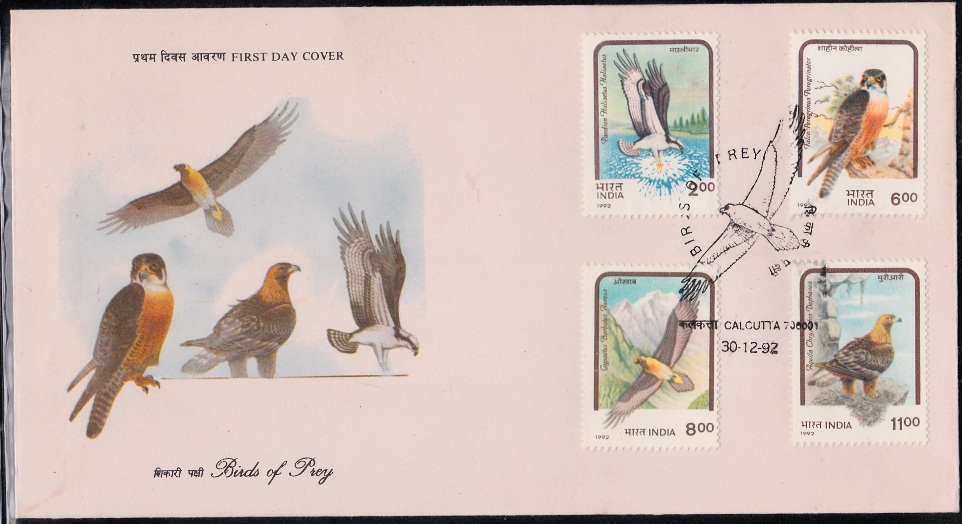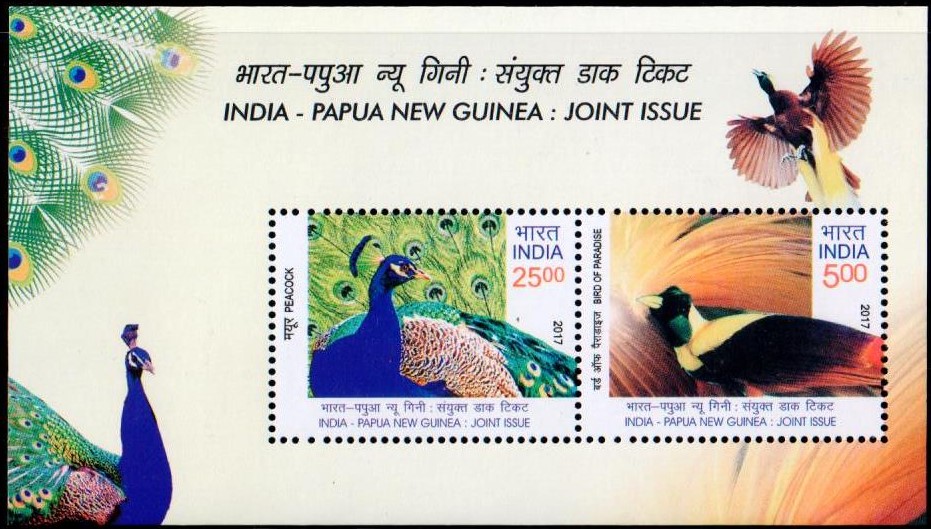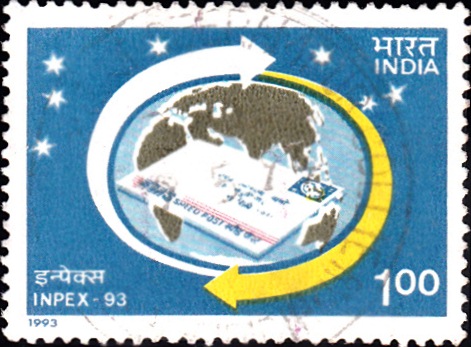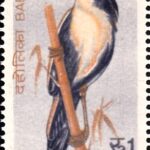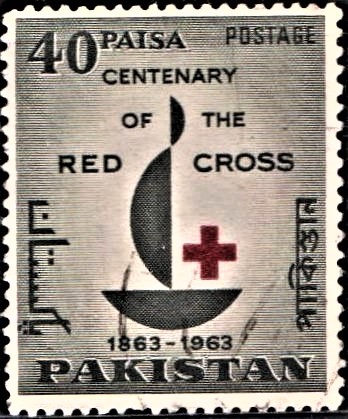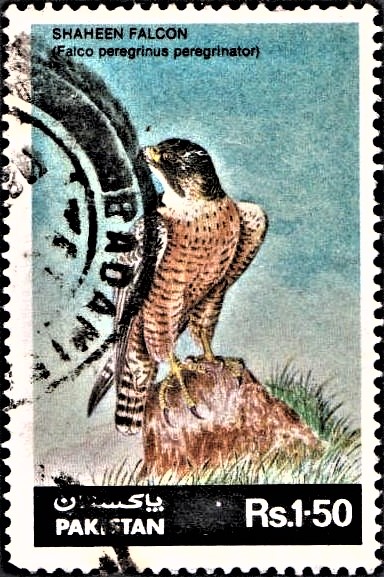
Shaheen Falcon
A commemorative postage stamp on the Wildlife Series – Shahin Falcon (Falco peregrinus peregrinator) :
 986Issued by Pakistan
986Issued by Pakistan
Issued on Jan 20, 1986
Issued for : To focus world attention on the need to protect and preserve this vulnerable wildlife species Pakistan Post Office is issuing one special postage stamp of Rs. 1.50 value depicting “Shaheen Falcon” on January 20, 1986. It is a part of the series on wildlife stamps being issued by Pakistan Post Office since 1975.
Type : Stamp, Postal Used
Denomination : Rs. 1.50
Colours : Yellow, blue, red & black
Size of stamp : 31.84 x 48.34 mm
Size of print : 27.84 x 44.34 mm
Perforation : 14 C
Quantity : One Million
No of stamps in one sheet : 50 (Fifty)
Process of printing : Litho Offset
Printers : M/s Secura Singapore
About :
- Description :
- Peregrine Falcon or Shaheen Falcon is a powerful and alert bird with broad shoulders, black head, nape, and conspicuous moustachial stripes; throat and breast are white and rest of the parts ferruginous. Young birds vary but are blacker above, striped on breast and heavily barred on flanks. Female is larger, remains solitary or pairs on cliffs, rock pinnacles, above hill forts, etc. In comparison to Saker Falcon, Shaheen is very exacting in its demands. Shaheen does not undergo the rigours of desert. Its feathers get easily broken and they quickly loose their luster and bloom in the hot climate. It needs careful feeding on natural food and is unable to keep fit on the red meat which is good for Saker Falcon.
- The peregrine falcon is a wanderer as the bird is completely adopted to long distance hunting on wings. A typical falcon with pointed wings has a swift and powerful flight on rapidly beating wings interspersed with long glides it also soars and does acrobatics. It is, perhaps, the fastest flyer known to man. It can fly at a speed of 240 K.M. an hour at a level but in diving after game it can develop a speed of 350 K.M. an hour. Being a very strong bird, usually kills its prey in the air by diving from a great height at a tremendous speed, striking its feet first in the air. Such dives or stoops have been timed at over 320 K.M. per hour. It kills its prey by crippling it and making it fall to the ground. In at once breaks neck of its prey with powerful wrench of its toothed beak. In its natural habitat waterfowls, waders such as ducks, snipes, curlews and upland birds like pigeons, partridges and quails etc. are its prey. Sometimes it attacks rabbits and mice also.
- Peregrine falcons breed in the colder climate of Arctic region, Northern Europe and sea coasts of Europe. They build their nests in the rocks, and are not found far from water where they expect to meet their favourite prey and thus are named Bahri. Falcons migrate to Pakistan in early winter and inhabit lakes and coastal areas.
- Biology :
- In the breeding season pairs indulge in a spectacular aerial display; stooping at each other; looping and twisting with phenomenal speed. Nesting season lasts from March to May. Nest is composed of a platform of twigs, grass, etc. usually in bare scrape on cliff ledge especially on coastal cliffs. It lays 2 to 5 creamy eggs heavily speckled with red. It has been protected by law in Pakistan.
- Measures aimed at conservation of falcons are needed if falconry is to continuous. Falcon is at the top of food chain and thus serves as the best indicator of the level of pollution in the environment. Land use planning; management of the falcon, its prey and habitat; and use of pesticides are considered necessary if this beautiful and useful creation of God is to be saved from extinction.
- Issued by The Director General, Pakistan Post Office, Islamabad.


